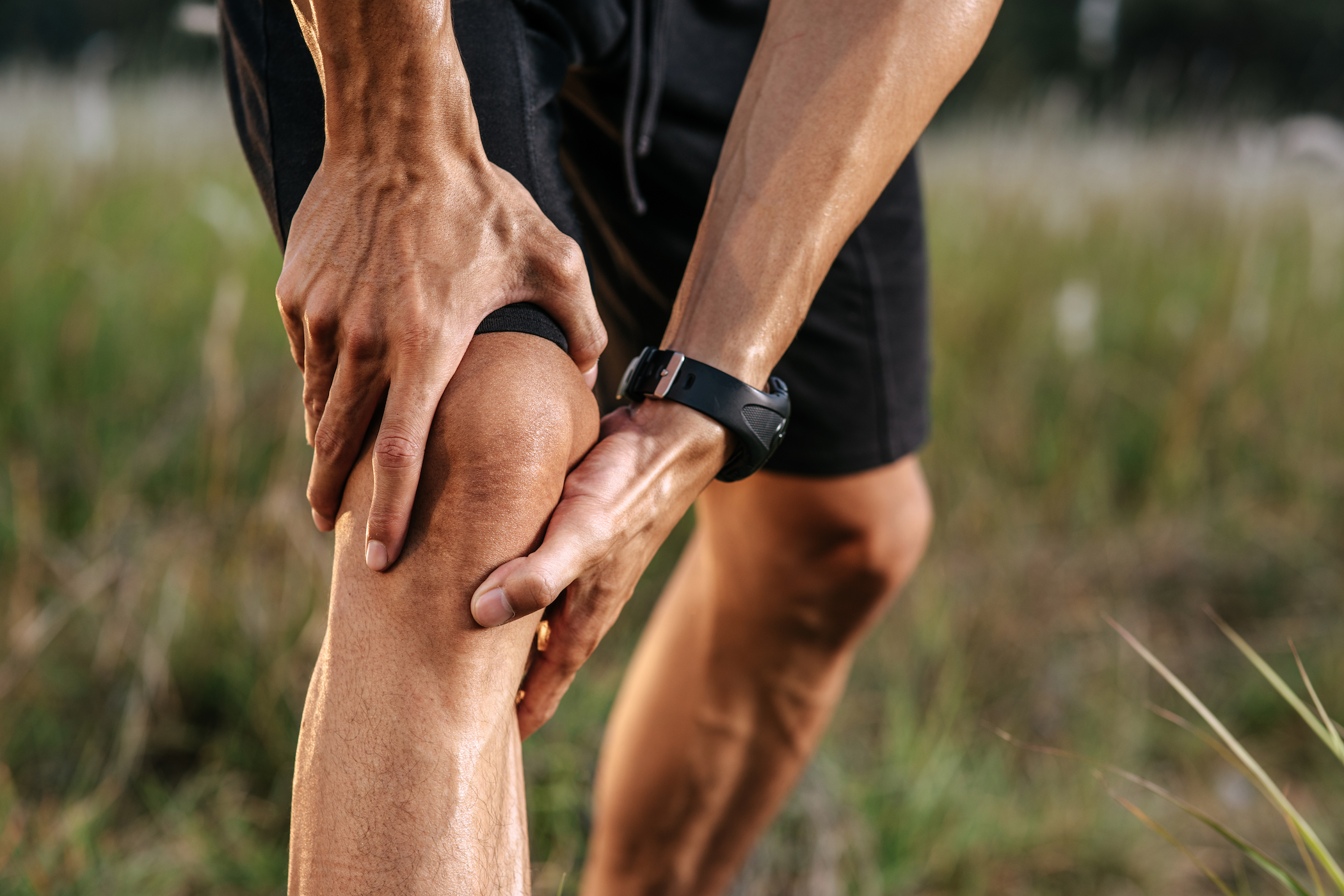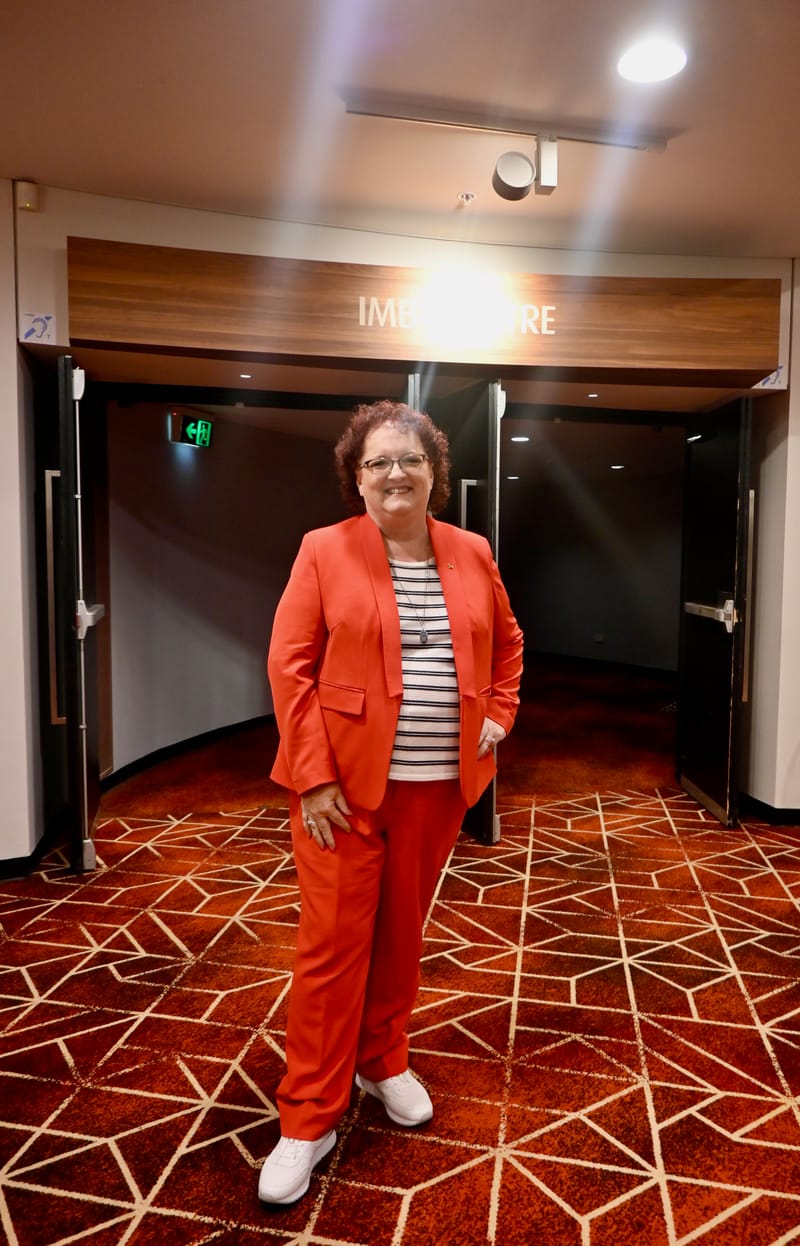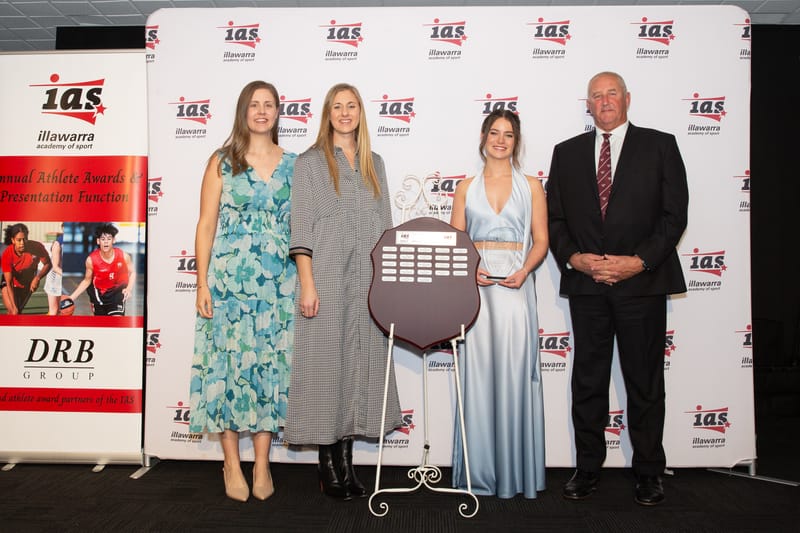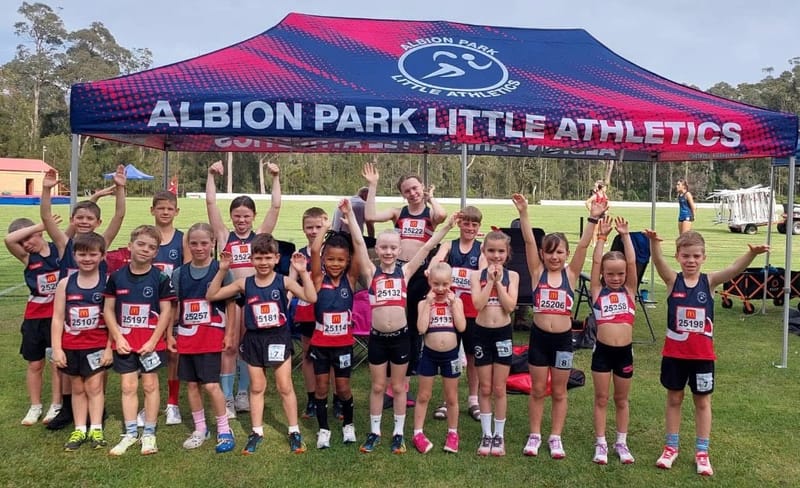Top tips to prevent and manage osteoarthritis
Almost 10% of Australians have osteoarthritis, which greatly affects their quality of life and ability to participate in the activities they enjoy. Arthritis can cause severe pain and stiffness through the affected joints

By Lara Samuelsson of The Physio Pilates Movement
Almost 10% of Australians have osteoarthritis, which greatly affects their quality of life and ability to participate in the activities they enjoy. Arthritis can cause severe pain and stiffness through the affected joints.
Osteoarthritis is the loss of cartilage that lines the joint. The role of cartilage is to make a joint move smoothly with a lubricated surface. Due to the loss of cartilage, people often describe their arthritic joints as “bone on bone”.
As osteoarthritis is considered “wear and tear” of the joint, some people believe that they should be avoiding exercise to prevent worsening of their arthritis. This is not the case.
Two preventable risk factors for osteoarthritis are being overweight and having poor muscle strength. Exercise has been proven to reduce the risk and limit the effects of osteoarthritis. An X-ray of the knees of two individuals may show the equivalent “wear” on the knee, however, one person may be symptom free, therefore the degree of arthritis is not the only factor to consider.
Exercise with an accredited exercise physiologist, alongside weight loss and pharmacological interventions, is considered the best first line of management for osteoarthritis and should be trialled for at least 3-6 months before considering surgical intervention.
At least a quarter of osteoarthritis cases are related to the knee. If non-surgical intervention has not been sufficient, you can discuss what to expect from a knee replacement with your surgeon.
It is important to understand expectations, as the recovery can be slow and painful. Knee replacements involve surgically replacing the affected knee with an artificial joint, typically made of metal and polyethylene.
It is recommended you do pre-rehabilitation before the surgery to strengthen the joint and surrounding muscles. This has been proven to make post-surgery life less painful and reduce the stay in hospital.
If you are wanting help with management of your osteoarthritis or are considering a joint replacement, do not hesitate to book an assessment with an exercise physiologist at TPM. We will assess your knee alignment, range of motion and strength of the muscles surrounding your knee.
You will receive an exercise program involving stretches and strengthening exercises to improve mobility and reduce pain levels. Everyone is different and it is important to provide exercises specific to each person and their needs. If you are already completing exercise at home, it is important to check in with a clinician to ensure the exercises are not creating more harm to the joint and they are performed with correct technique.
For more information, visit TPM's website





